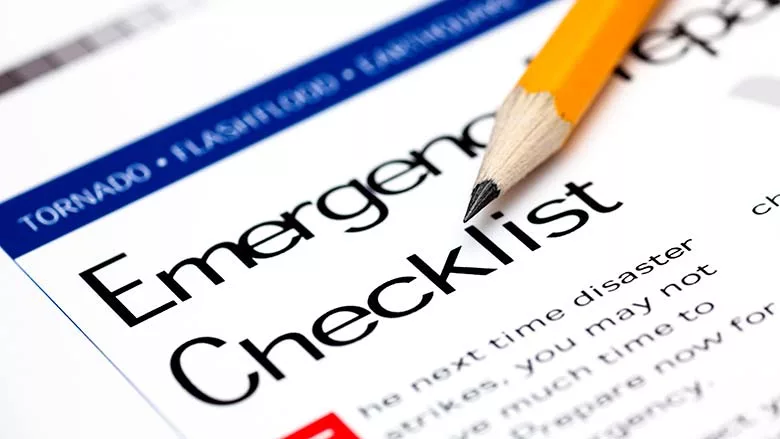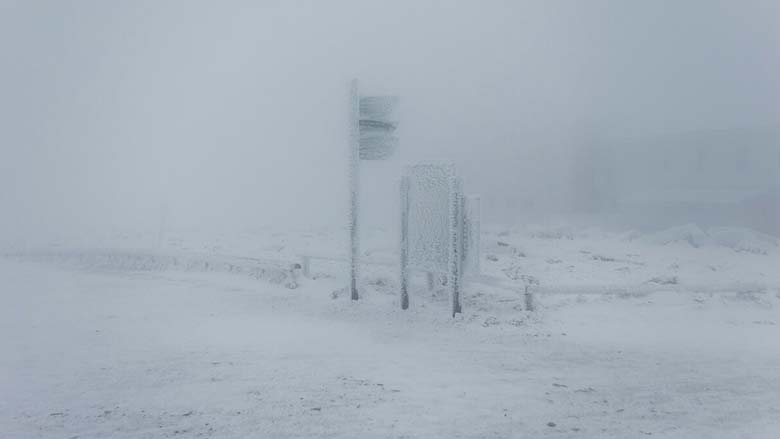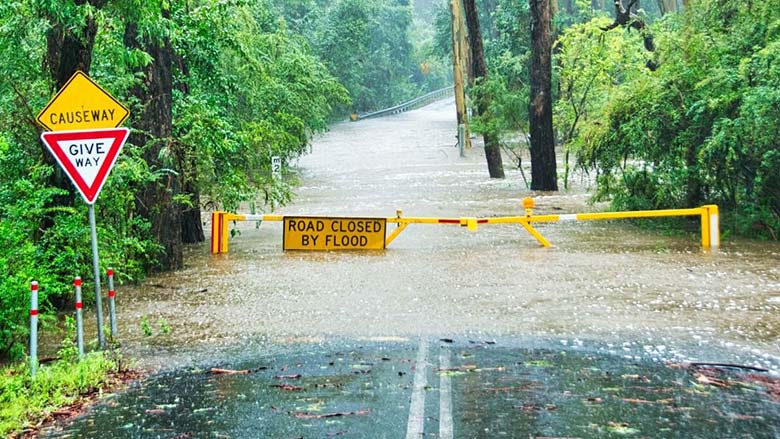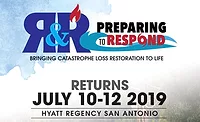Equipping Disaster Response Fleets for 4 Types of Terrain

Photo credit: Ekaterina79 / iStock / Getty Images Plus via Getty Images
Restoration and remediation professionals must be ready to act when disaster strikes — from a mental and vehicle preparation standpoint. While dangerous weather makes transportation nearly impossible, these employees must be safe to protect the affected communities.
How can leaders equip their fleets for harsh conditions? Here is what disaster response teams do for four types of terrain.
1. Snow

Photo credit: default9866 on Unsplash
Blizzards harm communities by significantly reducing visibility, increasing the risk of crashes. Snowstorms also lead to widespread long-term power outages, as these essential services may be harder to access. Additionally, the monetary damage is high, with 2021’s winter storm causing $30 billion in damage to the U.S.1
Snowstorms are significant impediments for vehicles, so restoration and remediation professionals should focus on preparation before the storm comes. Basic readiness includes filling up fuel tanks before the precipitation arrives and inspecting the antifreeze. The battery should also be a priority, as the extreme cold will compromise its capacity.
Proactive preparation includes switching the regular tires for snow tires for increased traction. Snow makes driving more challenging, so this equipment benefits disaster response fleets with improved cornering and tread life.
2. Extreme Heat
On the other end of the spectrum, extreme heat is a substantial risk to be aware of. While the visible threats are not as obvious, high temperatures compromise electrical grids, damage crops and increase the danger of heat stroke. The EPA says about 1,300 people die annually due to heat stroke, emphasizing disaster response for restoration and remediation professionals.2
Extreme heat necessitates readying vehicles with powerful air conditioning systems, so fleet owners should maintain these units to ensure efficient cold air blows. For instance, the cabin air filter may need a change after about 15,000 miles of use. Before heading out, the driver should also inspect the battery because it may struggle during hot conditions.
Another priority for fleet management should be checking the oil temperature, which should be around 230° to 260° Fahrenheit for optimal operations.3 Scorching areas call for synthetic oil blends because they can tolerate higher-than-average temperatures.
3. Floods

Photo credit: Phillip Flores on Unsplash
Floods can occur in nearly every corner of the United States, with the National Oceanic and Atmospheric Administration saying urban areas, rivers and mountainous streams are the most vulnerable.4 This bad weather causes challenging terrain, as hydroplaning can take drivers off the road and cause fatal crashes.
While driving style is crucial, there are a few areas of concern in the vehicle for restoration and remediation professionals, including the following:
- Tires: When floodwaters arrive, traction is crucial for disaster response vehicles. All-terrain tires will be best for navigating mud, debris and other hazards, considering many in rural areas will be difficult to reach during storms.
- Leaf springs: Heavy rain taxes the suspension due to potholes in the road, thus making parts like the leaf spring invaluable. Leaf springs absorb shocks but can wear when driving over rocks and mud, so fleet owners should clean and degrease them before heading to a disaster site.5
- Waterproof material: Moisture is an enemy of vehicles when considering the amount of metal in these machines. The metal, oxygen and water react to create rust on a car; compromising its structural integrity and necessitating waterproof material for safety.6 The dangers of floodwaters require waterproof materials for protection, such as car covers, wading kits and silicone sealants to minimize the damage.
4. Wildfires
Summer and fall are when the land is most susceptible to wildfires due to dry and hot conditions. While wildfires primarily occur on the West Coast, the nation suffers from substantial economic damage. A U.S. Senate report finds this disaster produces between $394 billion and $893 billion annually, making disaster response crucial for each impacted community.7
Wildfires make disaster response challenging for professionals because flames directly threaten the machines, ensuring their destruction. Smoke is the most immediate concern because it can clog the air filter and damage the engine, which reduces the motor’s performance. The fires can indirectly damage vehicles by causing branches and limbs to fall, significantly harming the machine.
Considering the flammability risks, cleanliness is the most essential part of vehicle preparation for wildfires. Disaster response experts should ensure each car contains no leaves or twigs in the undercarriage to minimize objects igniting. Each vehicle should have plenty of water, N95 masks, and fire extinguishers to keep drivers and those around them safe.
Preparing for Emergency Response in Challenging Terrain
Extreme weather events occur nationwide, with disaster response teams ready to respond at a moment’s notice. Serving the community requires surviving dangerous conditions and careful driving. Restoration and remediation professionals must take the proper precautions because people in need rely on these officials for help.
Resources
- https://www.tdi.texas.gov/reports/documents/feb2021-tx-winter-weather-summary-mar2022.pdf
- https://www.epa.gov/climate-indicators/climate-change-indicators-heat-related-deaths
- https://www.motortrend.com/how-to/engine-oil-temperature/
- https://www.weather.gov/ffc/floods
- https://www.generalspringkc.com/blog/cleaning-and-checking-leaf-springs/
- https://science.howstuffworks.com/environmental/earth/geophysics/h2o.htm
- https://www.jec.senate.gov/public/index.cfm/democrats/2023/10/climate-exacerbated-wildfires-cost-the-u-s-between-394-to-893-billion-each-year-in-economic-costs-and-damages
Looking for a reprint of this article?
From high-res PDFs to custom plaques, order your copy today!









